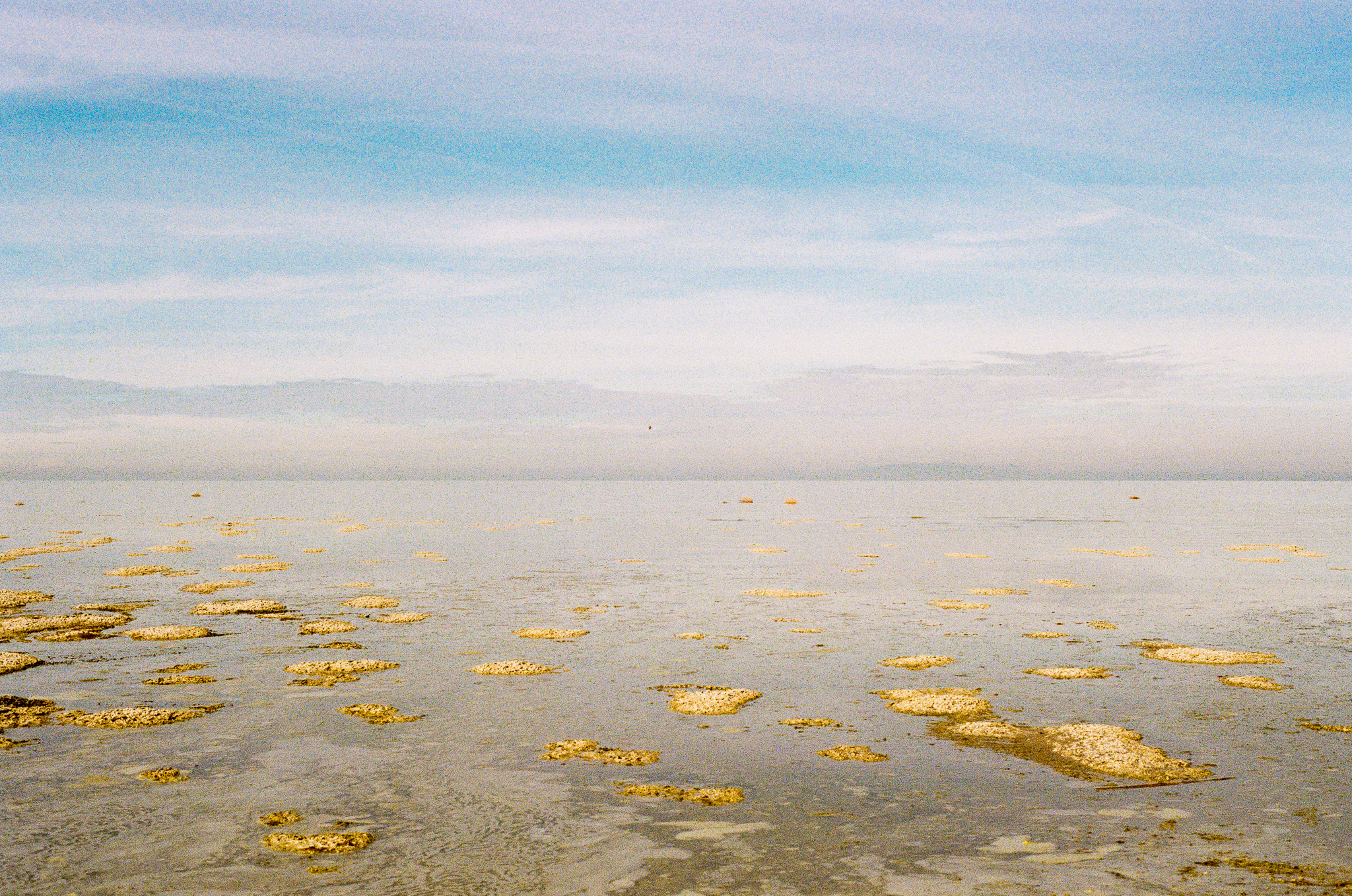Last week we were informed at a meeting of the Great Salt Lake Advisory Council that a lithium pilot project proposed by the company Waterleaf now has regulator approval from the Utah Division of Fire Forestry and Sovereign Lands.
The recent approval caps a multi-year review of pitches from Waterleaf. The Division of Water Rights had previously approved a 5 acre foot (afy) water right for the pilot effort last year as regulators imagined what this effort would look like.
This development marks a major shift from what Waterleaf originally proposed in mid 2023, which was a specious project demanding a 225,000 afy water right on the Great Salt Lake. While the proposal was for a non-consumptive right, there was great uncertainty around the technology known as Direct Lithium Extraction (DLE). This novel form of mining promises to limit consumptive uses of water for pumping and removing lithium brines in the desert. The key factor in that technology is the re-injection of the brines to aquifers after the lithium is removed.
GBWN and our allies protested the first application because of impacts to the Great Salt Lake and surrounding communities. And regulators made the right decision to halt the large-scale effort and start at the pilot level.
Doing a pilot is a prudent step that should give the public a better understanding of how these novel technologies will impact our most precious resource.
Companies can tell us that their extraction processes will return every drop of water to a source. But we believe the public expects that government regulators should verify before they trust what a company says. And this is a case where we ensured regulators did the right thing.
We are in unknown territory, and we shouldn’t just take a company’s word. And, it is important to note, that companies like to mince words when talking about DLE. Indeed they can extract lithium in a water-efficient way. But the processing still takes thousands of acre feet of freshwater from aquifers or surface water systems.

